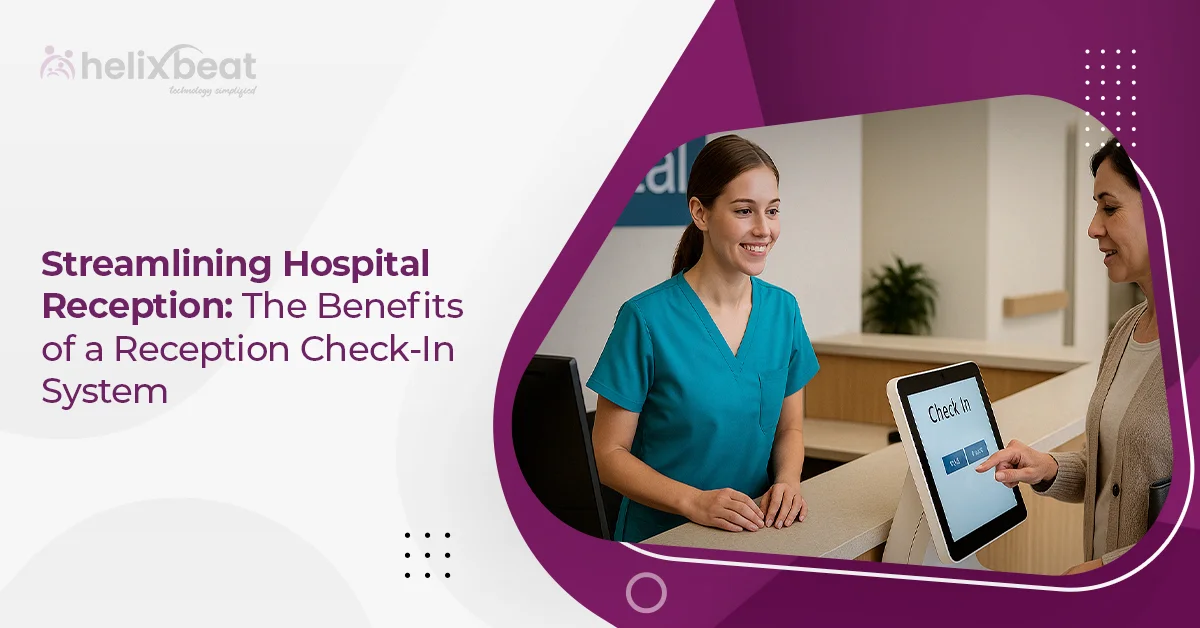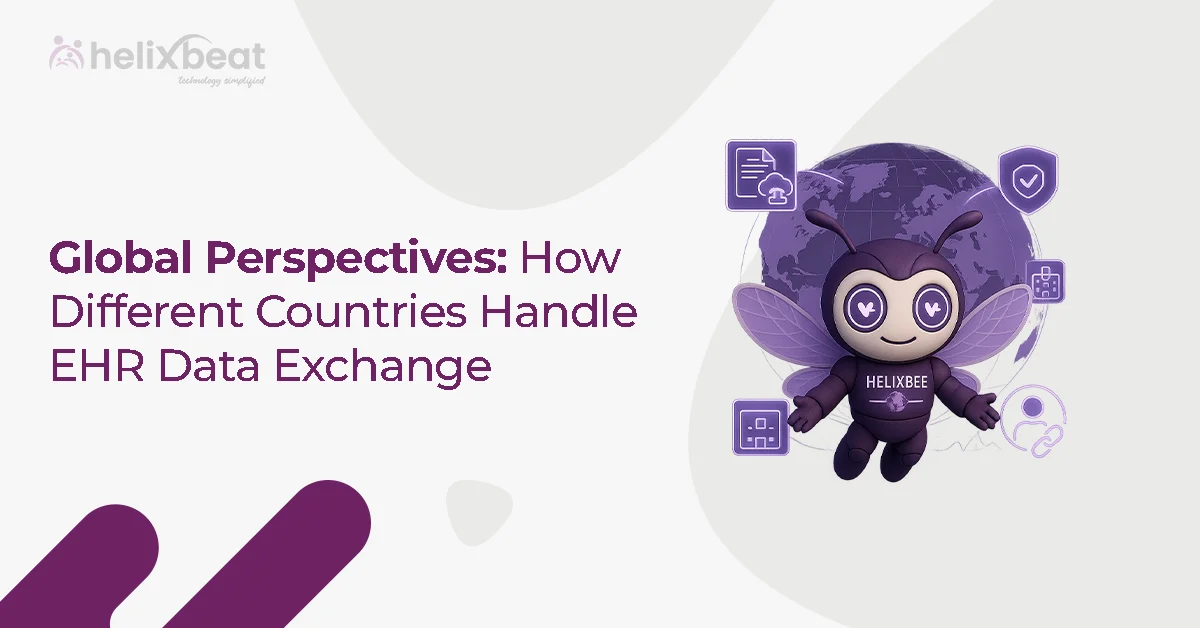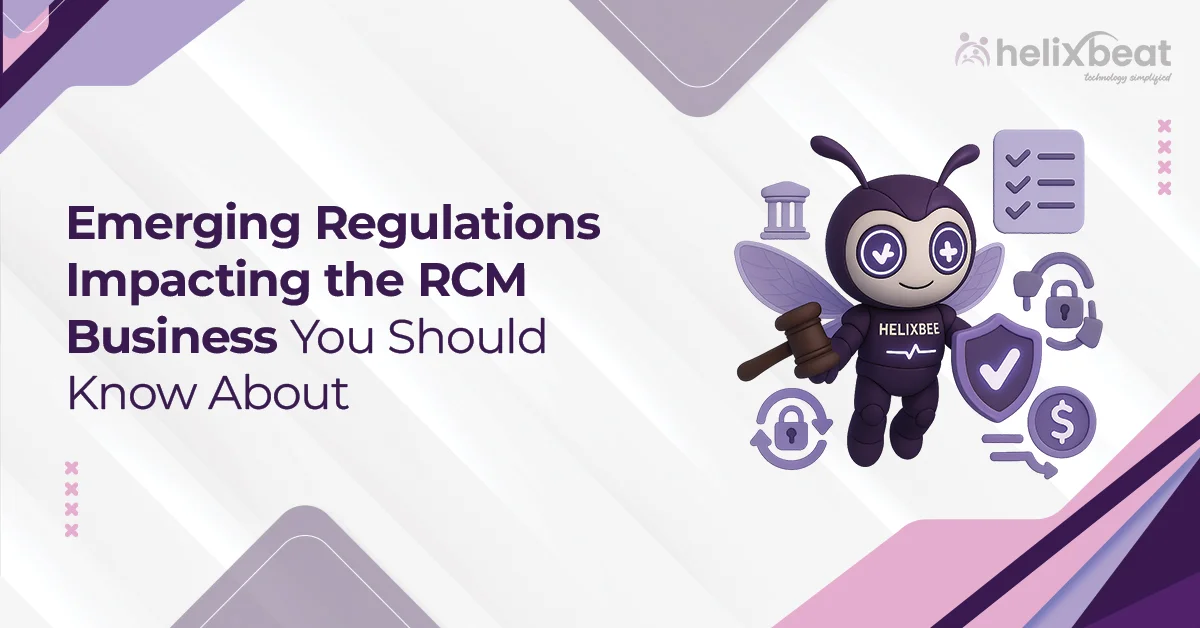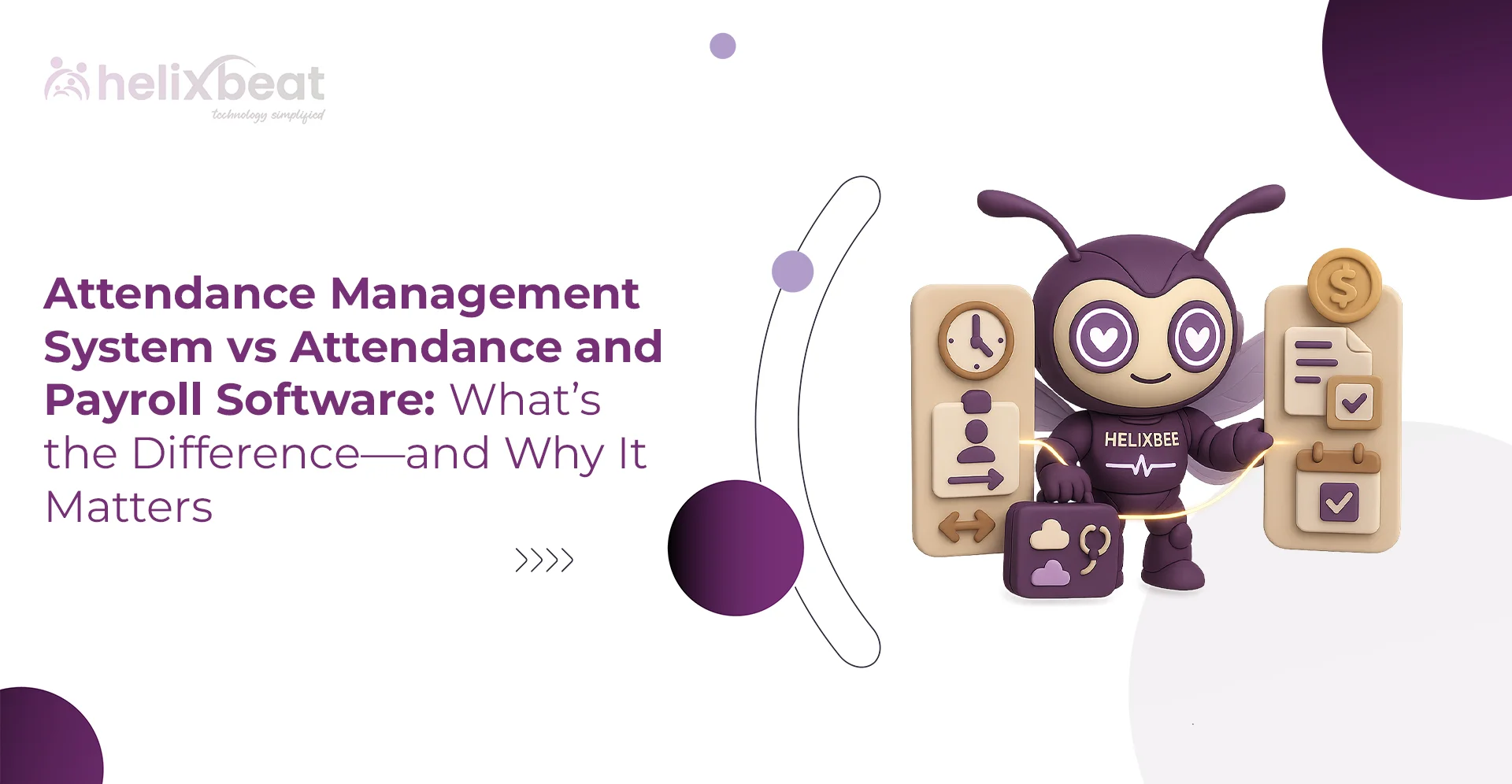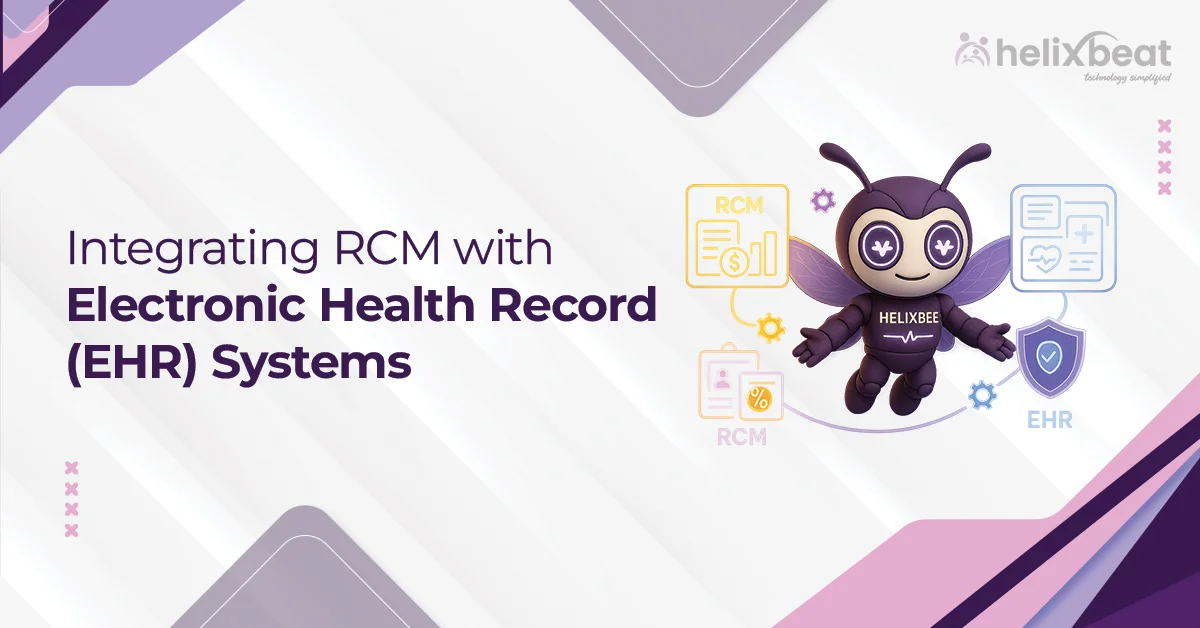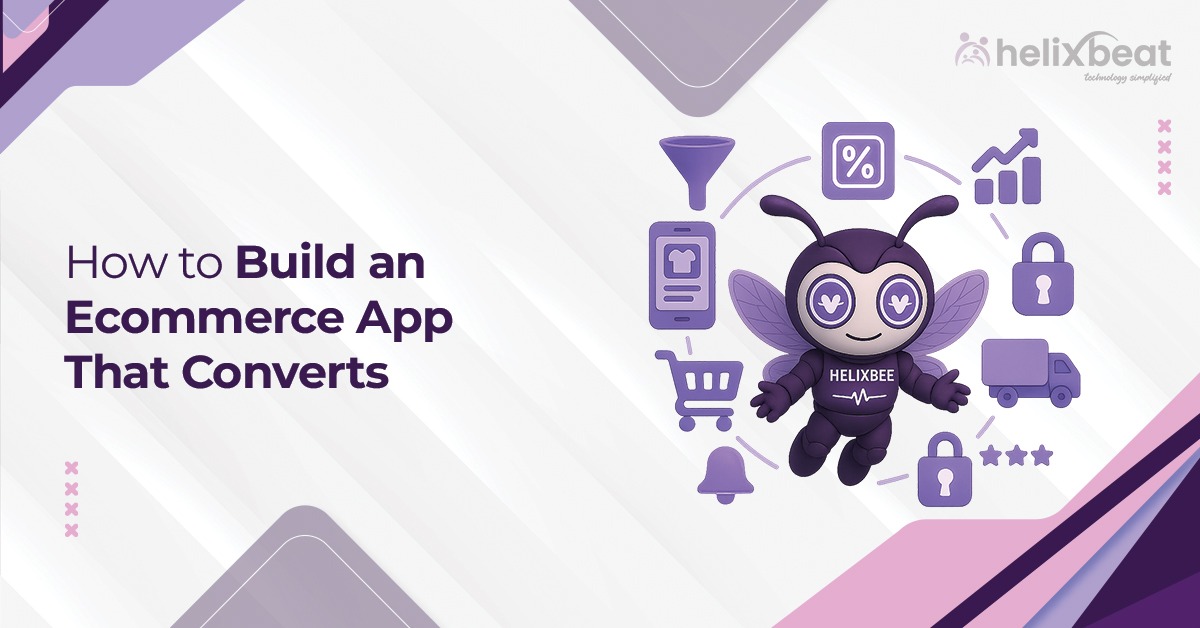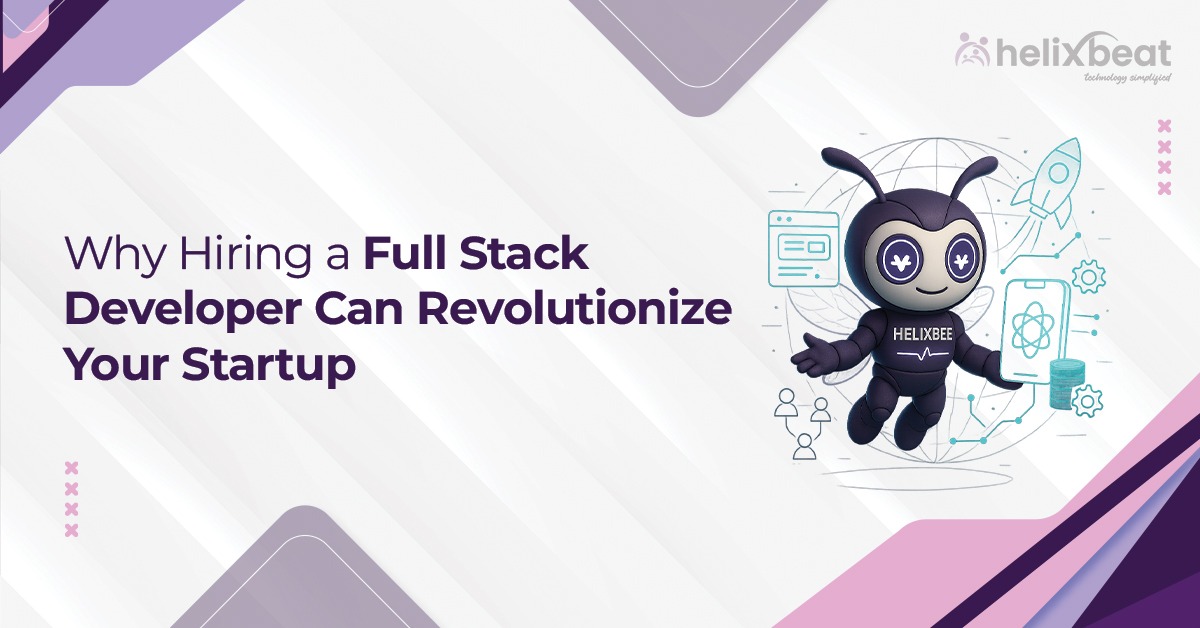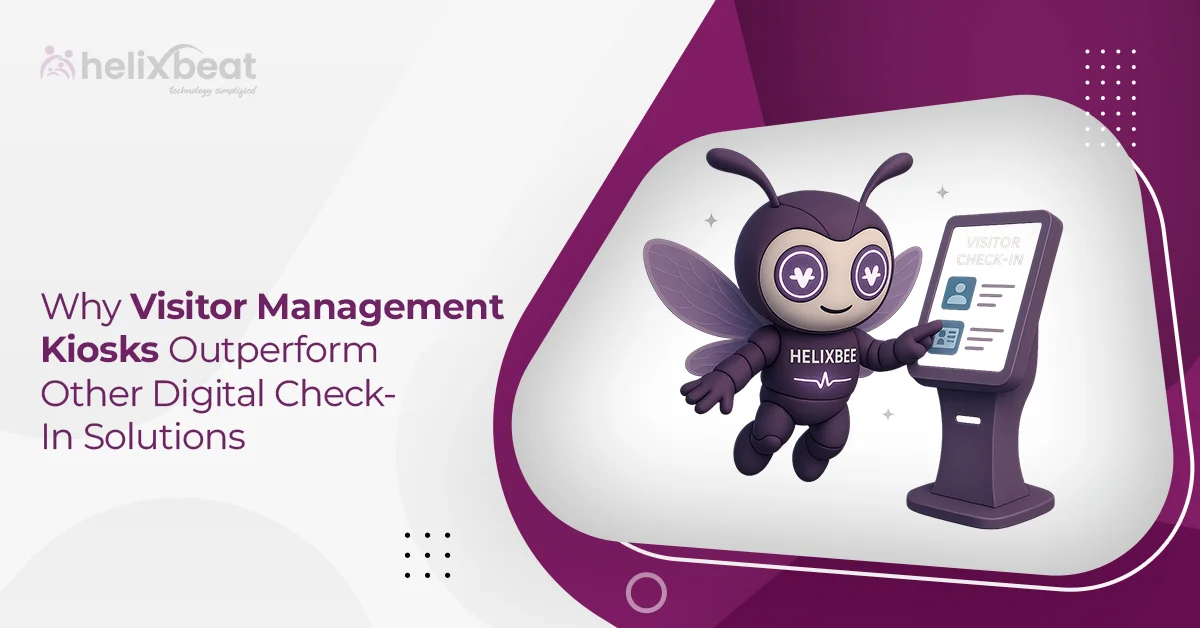Table of Contents
Introduction
Walk into any hospital, and the first thing you notice isn’t the doctors or the equipment — it’s the reception desk. It’s where the patient journey begins, and it plays a huge role in the overall hospital experience. From registering patients and managing appointments to dealing with emergencies and visitor entries — the reception does it all.
But let’s be real — hospital receptions can get chaotic. Long queues, manual data entry, miscommunication, and stressed-out front desk staff can make things messy. That’s where a reception check in system like VISTA comes in to save the day.
In this blog, we’ll dive into why the hospital reception is so critical, what challenges it faces, and how a reception check in system like VISTA can transform the entire check-in experience.
Ready? Let’s check in!
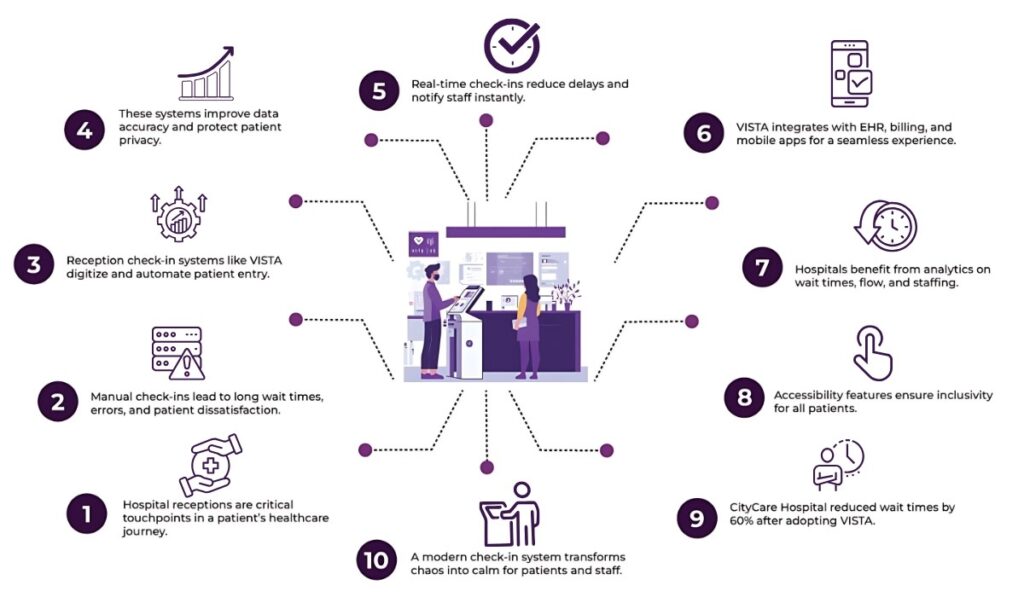
Why Hospital Receptions Matter More Than We Think
Walk into any hospital, and where do you land first? The reception. It’s the nerve center of the patient experience—the place where first impressions are formed, information flows, and critical decisions begin.
The reception isn’t just about a friendly smile and a clipboard. It’s the gateway to timely diagnosis, treatment, and care coordination.
Imagine this:
- A mother rushes in with her child running a high fever. The front desk is overwhelmed with forms and patient queues. She has to wait 20 minutes just to get her child registered.
- An elderly patient arrives for a scheduled surgery but struggles with navigating the manual check-in system. Delays stack up, causing anxiety and potential complications.
These aren’t isolated incidents—they’re everyday occurrences in hospitals without an optimized reception process.
Real-Life Impact
- A hospital in Mumbai lost a critical organ transplant opportunity due to delayed check-in of the recipient.
- Another hospital in Chennai reduced its patient wait time by 40% after digitizing its check-in process, resulting in higher patient satisfaction scores.
It’s clear: the reception is where the patient journey begins—and if it’s inefficient, the entire system feels the ripple.
What Is a Reception Check In System?
A reception check in system is a digital interface — often a self-service kiosk, tablet, or integrated mobile app — that allows patients to check themselves in upon arrival at a healthcare facility. Instead of standing in long queues to speak with a receptionist, patients can quickly enter their information, confirm appointments, and receive directions to the appropriate department.
These systems can integrate with the hospital’s Electronic Health Records (EHR), appointment scheduling software, billing systems, and patient portals. They automate tasks traditionally performed by front desk staff and reduce manual data entry errors.
Why Modernize Hospital Reception?
Hospital receptions are often chaotic — especially during peak hours. Patients arrive with various needs, some scheduled, others walk-in. Some may have medical emergencies; others may be coming in for a routine check-up. In this mix, front desk staff juggle between answering phones, verifying insurance details, updating patient records, and guiding visitors. This overload often results in:
- Long wait times
- Patient dissatisfaction
- Inaccurate data collection
- Burnout among administrative staff
- Poor resource allocation
A reception check in system helps reduce these pressures, improves overall efficiency, and creates a smoother patient experience.
Key Benefits of a Reception Check In System
1. Reduced Wait Times
Long queues are a major complaint in hospitals. Manual processes such as filling out paper forms, verifying documents, and waiting for staff availability can significantly delay check-ins. Reception check in systems enable faster, automated patient registration.
Patients can:
- Confirm their appointment
- Update personal and insurance information
- Fill out digital consent forms
- Get a token or queue number instantly
All of this can be completed in a matter of minutes, often before they even arrive at the hospital if pre-check-in is enabled via mobile apps.
2. Improved Accuracy of Patient Data
When patients manually fill out paper forms or provide information verbally to a receptionist, there’s a risk of data entry errors. Reception check in systems let patients input their data directly, reducing errors and improving the integrity of medical records. This accuracy is vital for effective diagnosis, treatment planning, and billing.
Additionally, systems can be set to validate information — like auto-formatting phone numbers or checking insurance ID formats — before submission.
3. Enhanced Patient Privacy
In crowded hospital receptions, discussing medical conditions or personal details at the front desk can feel intrusive. A digital kiosk or tablet provides a more private and secure environment for data entry. Patients can comfortably fill in their information without having to say it out loud or worry about others overhearing sensitive details.
This small but significant shift in experience can improve patient trust and satisfaction.
4. 24/7 Check-In Capabilities
Reception staff usually work in shifts, but reception check in systems can operate around the clock. For hospitals that offer 24/7 emergency care or extended hours, this means patients can check in anytime — without waiting for staff.
This is especially useful during night hours or weekends when staffing might be minimal.
5. Streamlined Workflow for Hospital Staff
Administrative staff benefit just as much as patients. With fewer tasks to manage, receptionists can focus on assisting elderly patients, handling complex queries, or managing emergencies.
The system can also:
- Notify relevant departments once a patient checks in
- Automatically update the EHR
- Trigger workflows (like notifying doctors, lab technicians, or billing departments)
This leads to smoother operations and better collaboration across departments.
6. Real-Time Data and Analytics
One of the underrated benefits of digital reception systems is the data they collect. Hospitals can monitor real-time patient inflows, average wait times, no-show rates, peak hours, and more.
These insights can be used to:
- Optimize staff scheduling
- Manage patient load efficiently
- Improve service delivery
- Identify gaps in resource allocation
Over time, this data-driven approach helps improve both operational efficiency and patient care outcomes.
7. Multilingual and Accessibility Features
India’s diverse population and global medical tourism make it necessary for hospitals to cater to various languages and accessibility needs. Reception check in systems can offer multilingual support, voice-assisted navigation, and options for visually impaired or differently-abled individuals.
This inclusivity ensures that no patient is left behind due to communication barriers.
8. Integration with Mobile and Web Apps
Many reception check in systems offer mobile app integration. Patients can:
- Pre-check-in from home
- Receive appointment reminders
- Upload prescriptions or medical history
- Use QR codes for instant hospital entry
Such convenience improves show-up rates, ensures patients are well-prepared, and reduces on-site processing time.
9. Cost Savings in the Long Run
While the initial investment in a reception check in system may seem high, it pays off over time. Hospitals save money on paper, printing, filing, and human resource costs. Reducing staff burnout and improving workflow efficiency also contributes to long-term sustainability.
How Hospitals Can Implement a Reception Check In System
Here’s a step-by-step guide for hospitals looking to adopt this solution:
1. Assess Your Needs
Evaluate current reception challenges, patient volume, and infrastructure. Consider:
- Peak hours
- Staffing issues
- Patient demographics
- Integration needs (with EHR, billing, appointment scheduling, etc.)
2. Choose the Right Technology Partner
Opt for vendors like VISTA:
- Offer customizable and scalable solutions
- Provide multilingual and accessible interfaces
- Ensure data security and HIPAA compliance
- Can integrate with your existing hospital management systems
3. Pilot the Program
Start with one or two departments (like OPD or diagnostics). Monitor how well the reception check in system performs, gather patient feedback, and refine the process.
4. Train Your Staff
Even though the reception check in system is self-service, staff training is essential. They should be able to assist patients who face difficulties and troubleshoot any tech issues.
5. Promote It Among Patients
Display signage, send SMS reminders, or create explainer videos to encourage patients to use the reception check in system. Make it look easy, fast, and beneficial.
How VISTA Revolutionizes Reception Check-Ins
Let’s face it—hospital receptions can be chaotic. Long lines, frustrated patients, delayed appointments, and overworked staff. It’s the last thing anyone wants to deal with—especially when they’re already stressed about their health. That’s where VISTA comes in. It’s not just another tech tool—it’s your reception’s new best friend.
The Magic of Seamless Check-Ins
With VISTA, the whole check-in process becomes super simple. Imagine this: a patient books their visit online, gets a QR code on their phone, walks into the hospital, scans it at a touchless kiosk—or even uses facial recognition—and boom, they’re checked in. No forms, no waiting, no confusion. It’s quick, clean, and totally seamless.
Real-Time Notifications for Staff: Here’s where it gets cooler—VISTA instantly notifies the concerned doctor or staff that the patient has arrived. So by the time the patient is walking in, the doctor’s already prepping. No time wasted. It keeps everyone in sync and improves the overall experience.
A Bird’s Eye View for Admins: For hospital admins, VISTA offers a real-time dashboard that shows exactly who’s checked in, who’s waiting, and which areas are getting crowded. It’s like mission control for visitor flow. Everything is visible, trackable, and manageable—right at your fingertips.
Built-In Security and Privacy: And don’t worry about data leaks. With role-based access, only the right people see the right data. Plus, VISTA ensures automatic data clearance after the visit, staying compliant with all the important privacy laws like HIPAA.
Smarter Decisions with Analytic: But VISTA isn’t just about check-ins. It gives hospitals the power to track trends—like peak visiting hours, high-traffic zones, and staffing needs. You get the insights to improve operations without the guesswork. That means better planning, less crowding, and happier patients.
Be Ready for Emergencies: In emergencies like fire or natural disasters, VISTA helps by giving instant access to visitor and staff data. That way, hospitals can act fast and evacuate safely. It’s a small detail that can make a huge difference when every second counts.
Real Results: CityCare Hospital’s Success Story
Take CityCare Hospital in Bengaluru—they were drowning in delays and patient complaints. After switching to VISTA, they saw a 60% drop in patient wait times and a 30% boost in staff productivity. Doctors were no longer left guessing when their next patient would show up. Everything just… worked.
Final words
Hospital receptions are the unsung heroes of patient care—setting the tone for everything that follows. But when they’re burdened with outdated processes, the entire patient journey suffers. That’s where a smart, streamlined reception check in system like VISTA becomes a game-changer.
By reducing wait times, improving data accuracy, enhancing patient privacy, and boosting staff efficiency, VISTA transforms the chaos into calm. It’s not just about technology—it’s about creating a smoother, safer, and more human experience for everyone who walks through your hospital doors.
So if you’re ready to leave behind the paperwork and step into the future of patient care, it’s time to check in—with VISTA.
FAQs
1. What is a reception check in system in hospitals?
A reception check in system is a digital tool—like a kiosk, tablet, or mobile app—that lets patients register, update details, and confirm appointments quickly and easily, minimizing manual input and delays.
2. How does a reception check in system benefit hospitals?
It reduces waiting times, increases data accuracy, boosts patient satisfaction, streamlines admin workflows, and allows better staff utilization.
3. Is the reception check in system suitable for all types of hospitals?
Yes, it’s flexible and scalable for any healthcare setup—clinics, specialty centers, or large multi-facility hospitals.
4. Will elderly or non-tech-savvy patients struggle with using this system?
Not at all. These systems come with easy-to-use interfaces, support multiple languages, and usually have on-site assistance for those who need help.
5. Can the system integrate with our existing hospital software?
Definitely. Most advanced systems like VISTA integrate with EHRs, billing, lab reports, and other hospital management software.
6. Is patient data safe on a reception check in system like VISTA?
Yes, they follow strict data privacy protocols including encryption, secure access control, HIPAA compliance, and automated data clearing after use.
7. How can we improve our hospital reception?
Start by reducing wait times with digital check-in systems, training friendly staff, maintaining a clean and calm environment, and providing clear signage and information for patients.
8. What records are maintained in the reception of a hospital?
Common records include patient registration details, appointment logs, billing records, ID proofs, insurance documents, referral slips, and visit history.
9. What are some innovative ideas to improve the reception area of a hospital?
Try adding smart check-in kiosks, mobile app integration, queue management screens, soothing lighting, multilingual support staff, and wellness content on digital displays.



